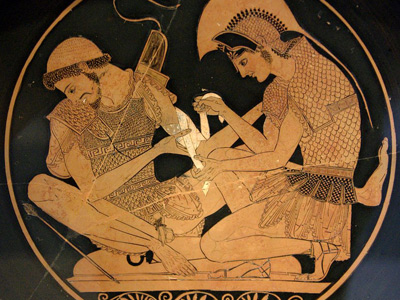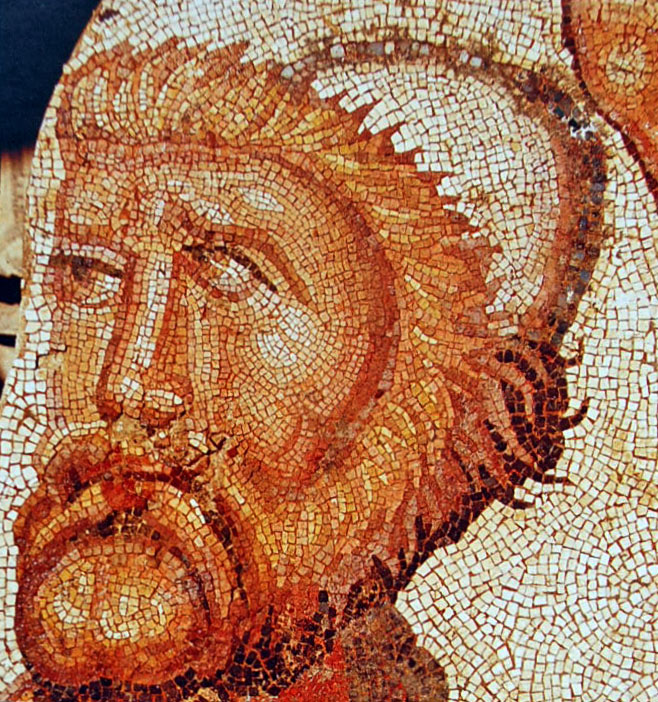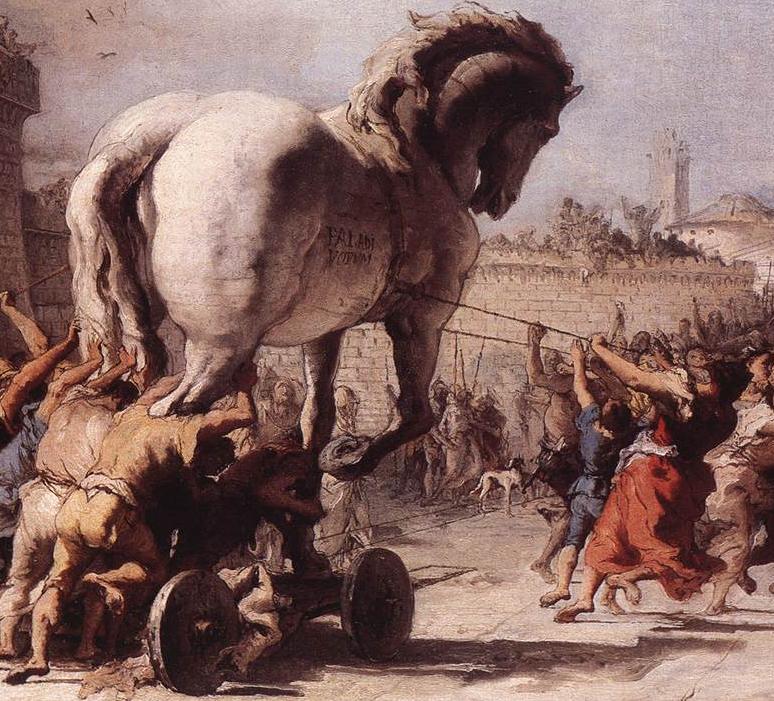Trojan War (1194–1184 BC)
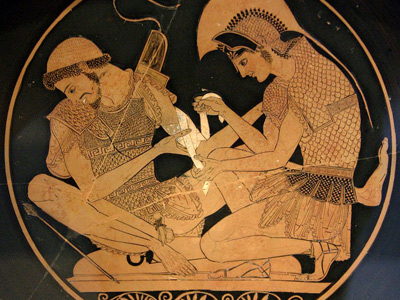
Historical Basis
The historicity of the Trojan War is still subject to debate. Most classical Greeks thought that the war was a historical event, but many believed that the Homeric poems had exaggerated the events to suit the demands of poetry. For instance, the historian Thucydides, who is known for being critical, considers it a true event but doubts that 1,186 ships were sent to Troy. Euripides started changing Greek myths at will, including those of the Trojan War. Near year 100, Dio Chrysostom argued that while the war was historical, it ended with the Trojans winning, and the Greeks attempted to hide that fact. Around 1870 it was generally agreed in Western Europe that the Trojan War had never happened and Troy never existed. Then Heinrich Schliemann popularized his excavations at Hisarlik, which he and others believed to be Troy, and of the Mycenaean cities of Greece. Today many scholars agree that the Trojan War is based on a historical core of a Greek expedition against the city of Troy, but few would argue that the Homeric poems faithfully represent the actual events of the war.
In November 2001, geologist John C. Kraft and classicist John V. Luce presented the results of investigations into the geology of the region that had started in 1977. The geologists compared the present geology with the landscapes and coastal features described in the Iliad and other classical sources, notably Strabo's Geographia. Their conclusion was that there is regularly a consistency between the location of Troy as identified by Schliemann (and other locations such as the Greek camp), the geological evidence, and descriptions of the topography and accounts of the battle in the Iliad.
Advertisement

These books are available for download with iBooks on your Mac or iOS device, and with iTunes on your computer. Books can be read with iBooks on your Mac or iOS device.

These books are available for download with iBooks on your Mac or iOS device, and with iTunes on your computer. Books can be read with iBooks on your Mac or iOS device.
( Click image to enlarge)
In the twentieth century scholars have attempted to draw conclusions based on Hittite and Egyptian texts that date to the time of the Trojan War. While they give a general description of the political situation in the region at the time, their information on whether this particular conflict took place is limited. Andrew Dalby notes that while the Trojan War most likely did take place in some form and is therefore grounded in history, its true nature is and will be unknown. The Tawagalawa letter mentions a kingdom of Ahhiyawa (Achaea, or Greece) that lies beyond the sea (that would be the Aegean) and controls Milliwanda, which is identified with Miletus. Also mentioned in this and other letters is the Assuwa confederation made of 22 cities and countries which included the city of Wilusa (Ilios or Ilium). The Milawata letter implies this city lies on the north of the Assuwa confederation, beyond the Seha river. While the identification of Wilusa with Ilium (that is, Troy) is always controversial, in the 1990s it gained majority acceptance. In the Alaksandu treaty (ca. 1280 BC) the king of the city is named Alaksandu, and Paris's name in the Iliad (among other works) is Alexander. The Tawagalawa letter (dated ca. 1250 BC) which is addressed to the king of Ahhiyawa actually says: "Now as we have come to an agreement on Wilusa over which we went to war ..."
Formerly under the Hittites, the Assuwa confederation defected after the battle of Kadesh between Egypt and the Hittites (ca. 1274 BC). In 1230 BC Hittite king Tudhaliya IV (ca. 1240–1210 BC) campaigned against this federation. Under Arnuwanda III (ca. 1210–1205 BC) the Hittites were forced to abandon the lands they controlled in the coast of the Aegean. It is possible that the Trojan War was a conflict between the king of Ahhiyawa and the Assuwa confederation. This view has been supported in that the entire war includes the landing in Mysia (and Telephus' wounding), Achilles's campaigns in the North Aegean and Telamonian Ajax's campaigns in Thrace and Phrygia. Most of these regions were part of Assuwa. It has also been noted that there is great similarity between the names of the Sea Peoples, which at that time were raiding Egypt, as they are listed by Ramesses III and Merneptah, and of the allies of the Trojans.
That most Achaean heroes did not return to their homes and founded colonies elsewhere was interpreted by Thucydides as being due to their long absence. Nowadays the interpretation followed by most scholars is that the Achaean leaders driven out of their lands by the turmoil at the end of the Mycenaean era preferred to claim descent from exiles of the Trojan War.
HISTORY
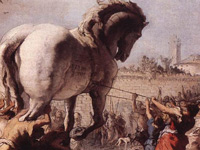
RESOURCES
This article uses material from the Wikipedia article "Trojan War", which is released under the Creative Commons Attribution-Share-Alike License 3.0.
© Stories Preschool. All Rights Reserved.
